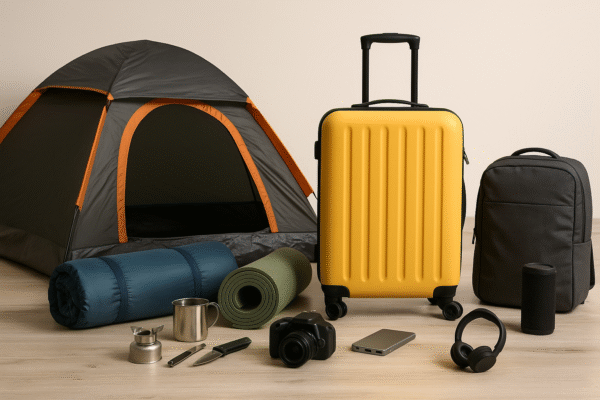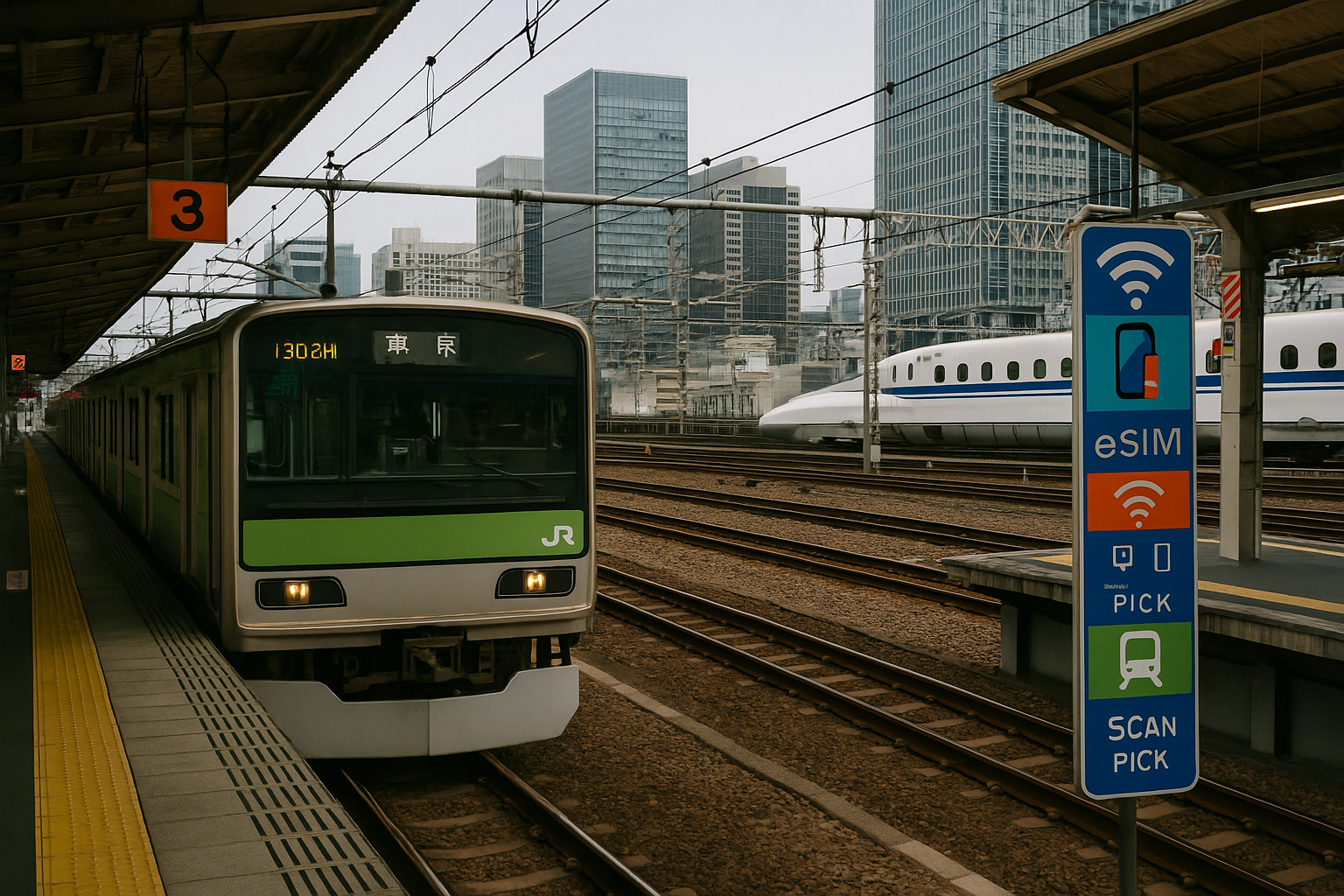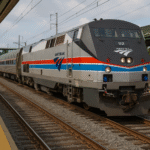Travel Smart in Japan: Your Ultimate Train Guide for Bullet Trains, Local Lines, and Digital Tools
Japan’s train system is often hailed as one of the most efficient and awe-inspiring transportation networks in the world. With its seamless integration of speed, precision, and courtesy, the country’s rail infrastructure reflects a perfect harmony of technology, tradition, and thoughtful design. For travelers visiting Japan, navigating this vast system may initially feel overwhelming, but with the right tools—and a bit of insight—it becomes one of the most rewarding ways to explore the country.
Whether you’re rushing between megacities on the Shinkansen or weaving through neighborhoods via local lines, Japan’s trains offer more than just transport—they offer a deep cultural immersion.
Why Japan’s Trains Run Like Clockwork
One of the most admired aspects of Japan’s railways is their legendary punctuality. Trains in Tokyo, Kyoto, Osaka, and across the nation are rarely delayed. In fact, even a one-minute delay usually prompts a public apology. This impeccable timing isn’t just due to sophisticated technology; it’s also deeply rooted in Japanese work ethic and cultural discipline.
The backbone of this reliability lies in advanced digital scheduling systems, real-time sensor networks, and AI-powered analytics. These tools work behind the scenes to synchronize operations across multiple train operators, ensuring minimal transfer wait times and optimal passenger flow—even at some of the world’s busiest stations.
Different Trains for Different Travel Needs
Understanding Japan’s various train types can help visitors travel smarter:
- Shinkansen (Bullet Trains): Japan’s pride and global rail icon, these high-speed marvels connect cities like Tokyo, Kyoto, Hiroshima, and Fukuoka. Offering speeds of up to 320 km/h, they make long-distance travel fast, efficient, and comfortable.
- Limited Express & Rapid Trains: These mid-tier trains offer fewer stops than local lines and are perfect for regional travel without the premium price of the Shinkansen.
- Local Trains: Ideal for short distances and daily commutes, these affordable options connect neighborhoods and suburban areas across cities.
Each train type is clearly marked at stations with color-coded signage and multilingual information, making it easy for non-Japanese speakers to navigate.
Leverage Technology: eSIMs and Transit Apps
Staying connected is key to navigating Japan’s complex but efficient rail system. One of the best tech investments you can make before arrival is installing an eSIM for Japan, which enables high-speed internet without the hassle of physical SIM cards.
With constant internet access, you can rely on navigation apps like Google Maps, NAVITIME, or Japan Travel by NAVITIME for real-time train schedules, platform changes, train congestion levels, and even recommendations on the best cars for a quiet ride. The HyperDia app, though slightly outdated, still provides excellent route planning and fare information.
Many major stations also feature Wi-Fi hotspots, but a personal eSIM ensures uninterrupted service throughout your journey—even on moving trains.
Stations Engineered for Comfort and Efficiency
Japanese train stations, particularly hubs like Tokyo Station, Shinjuku, and Osaka, are marvels of engineering. Despite their immense scale, these stations are surprisingly intuitive, thanks to strategic planning and multilingual support.
Clear visual cues—arrows, universal icons, and platform numbers—are paired with signage in English, Japanese, Chinese, and Korean. Escalators, elevators, lockers, kiosks, and restrooms are thoughtfully placed to serve both the busy commuter and the foreign traveler.
Smaller stations throughout regional Japan maintain similar levels of clarity and comfort, emphasizing accessibility and user-friendliness.
Etiquette: The Heartbeat of Japan’s Rail Culture
The beauty of Japan’s train system isn’t just in its trains or stations—it’s in the behavior of its people. Passenger etiquette plays a major role in keeping everything running smoothly.
- Passengers line up patiently at designated boarding areas.
- People refrain from loud conversations or phone calls while onboard.
- Priority seating is respected, and cleanliness is upheld by all.
This mutual respect is supported by station attendants and onboard staff, who manage train dispatch and passenger safety with practiced precision.
Japan Railways (JR) companies and private operators also employ cleaning teams who prepare carriages overnight, ensuring spotless conditions for the next day’s operations.
Pro Tips for Tourists: Travel Like a Local
To fully enjoy Japan’s rail system, follow these tips:
- Download Transit Apps before arriving in Japan.
- Install a Japan eSIM for uninterrupted access to real-time info.
- Understand the Train Categories (Local, Rapid, Limited Express, Shinkansen).
- Buy a Japan Rail Pass if you’re planning long-distance travel—it offers savings and convenience.
- Learn Basic Etiquette—line up, stay quiet, and mind your luggage.
With these tools, you’ll not only navigate Japan with ease but also gain a deeper appreciation for the culture that powers its legendary trains.
Conclusion: A Journey Beyond Transport
Riding the rails in Japan is more than getting from point A to B—it’s a cultural and technological journey in itself. Every train, station, and passenger interaction offers insight into how Japan blends innovation with discipline, and hospitality with efficiency.
Whether you’re visiting the temples of Kyoto, the neon landscapes of Tokyo, or the historic sites of Hiroshima, the train will get you there not just quickly—but memorably.
By embracing Japan’s train culture—and its smart tech—you unlock one of the world’s greatest travel experiences.
For more travel news like this, keep reading Global Travel Wire



















